This clever and simple method for finding the volume of an irregularly shaped object is thought to have been discovered by a scientist named Archimedes, who noticed the water level of his bath rising as he lowered himself in. Archimedes realised he could find the volume of any object by measuring the amount of water it displaced.
Volume is the amount of 3-dimensional space an object takes up. Volume is measured in cubic units, for example, cm3
Volume = height x width x depth
This simple activity allows you to find the volume of any small object.
You’ll need
Water
Scissors
Blu tack
Plastic bottle
Plastic straw
Small measuring jug
Small objects to be measured
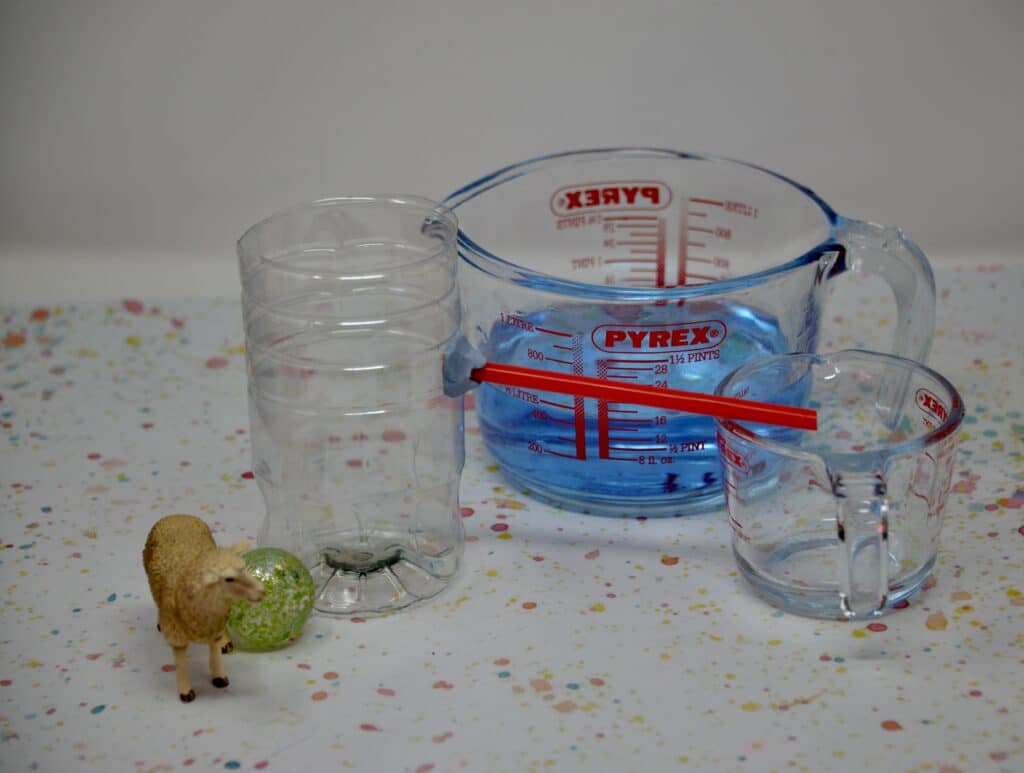
How to find the volume of an irregularly shaped object
Cut the top off the plastic bottle. Ask an adult to help.
Carefully make a hole near the top of the bottom part of the bottle. The hole needs to be just big enough for the straw to fit through.
Fix the straw in place with the blue tack.
Place the jug under the straw.
Fill the bottle with water until the water starts to spill through the straw. Empty the jug.
Carefully place an object you want to measure into the water. The object must be fully submerged. When the water has stopped spilling into the jug, record the volume of water displaced.
The volume of water displaced is the volume of the object in the bottle!
Convert litres to cubic centimetres
1 litre is 1000cm3
1ml is 1cm3
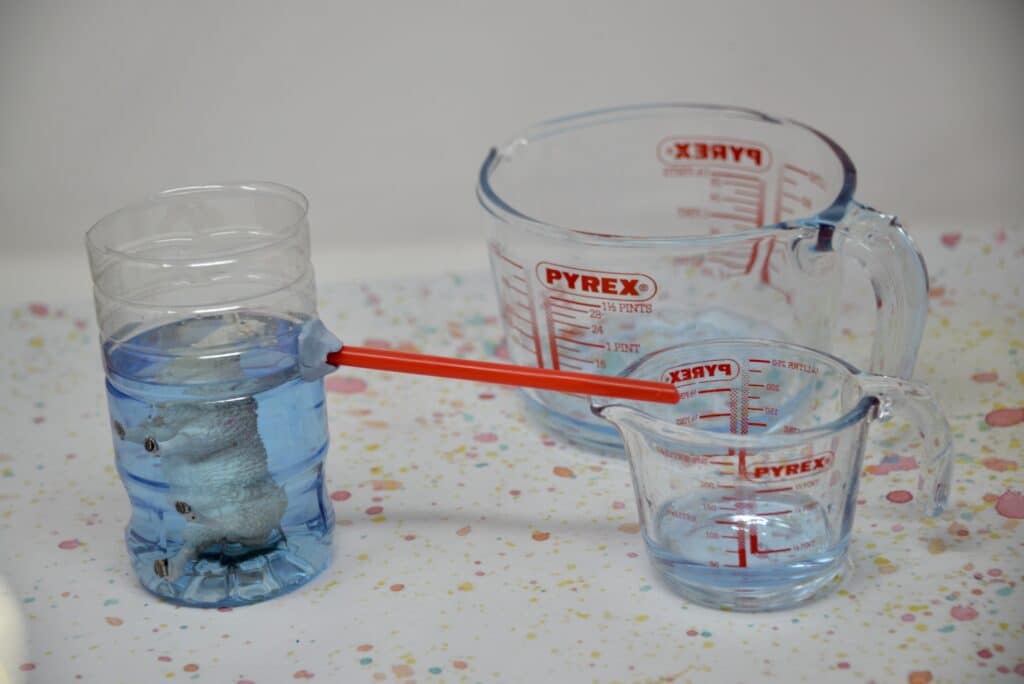
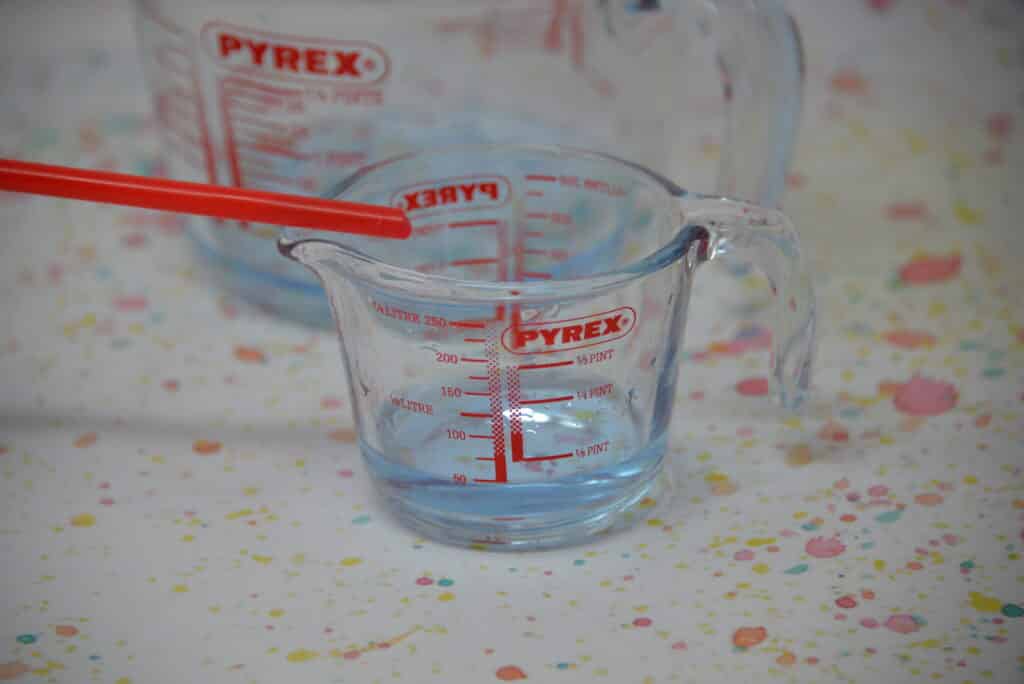
To find the density of the object, divide its mass by its volume.
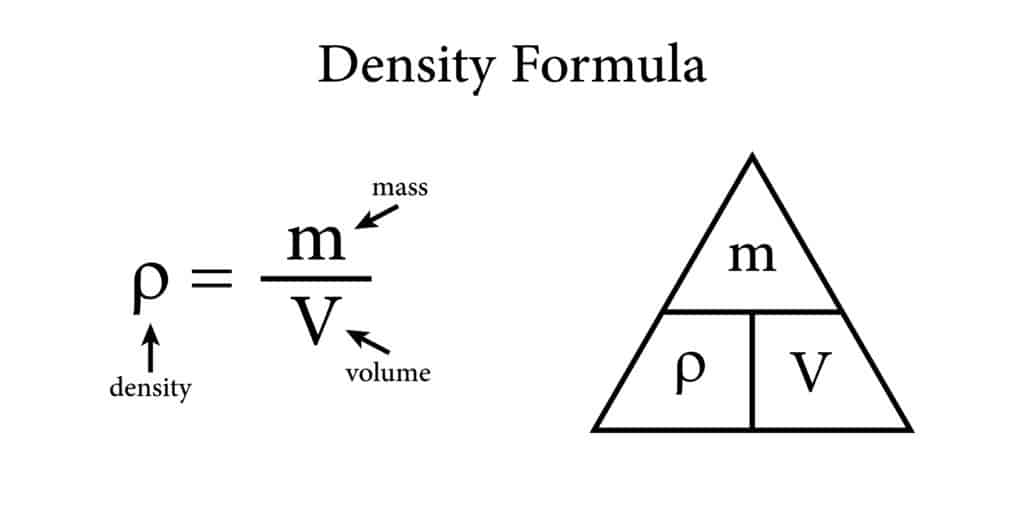
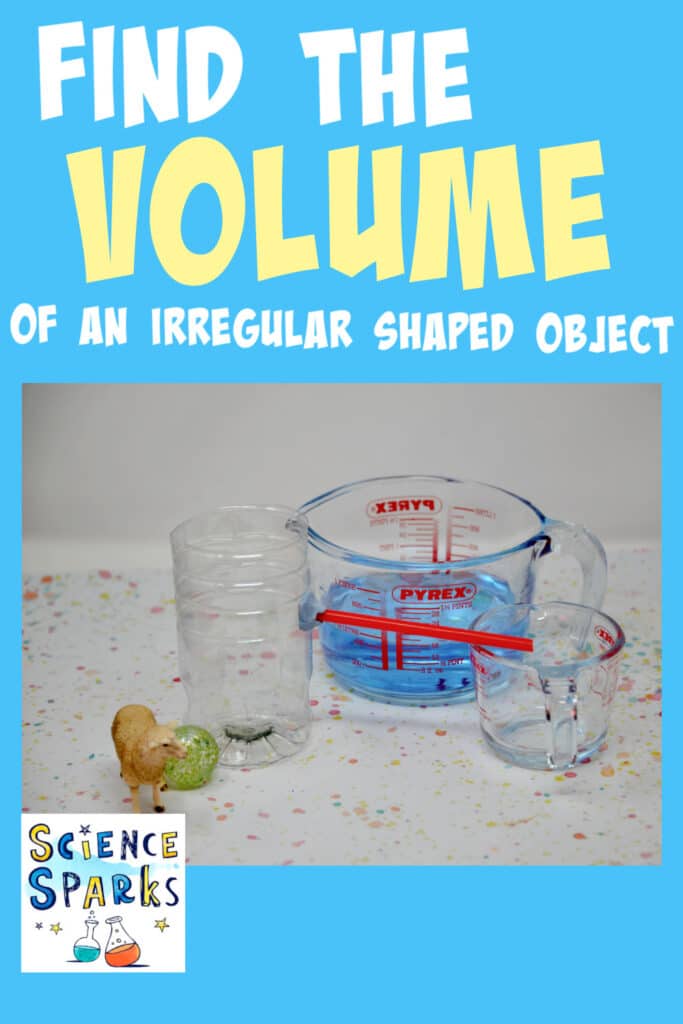
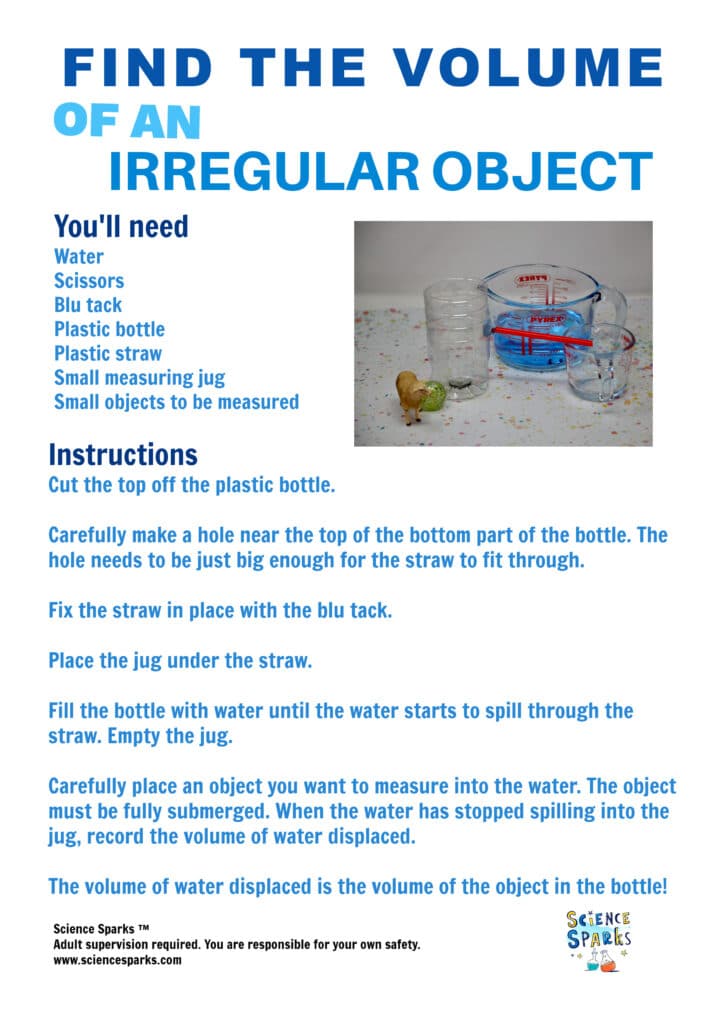
Last Updated on March 9, 2023 by Emma Vanstone




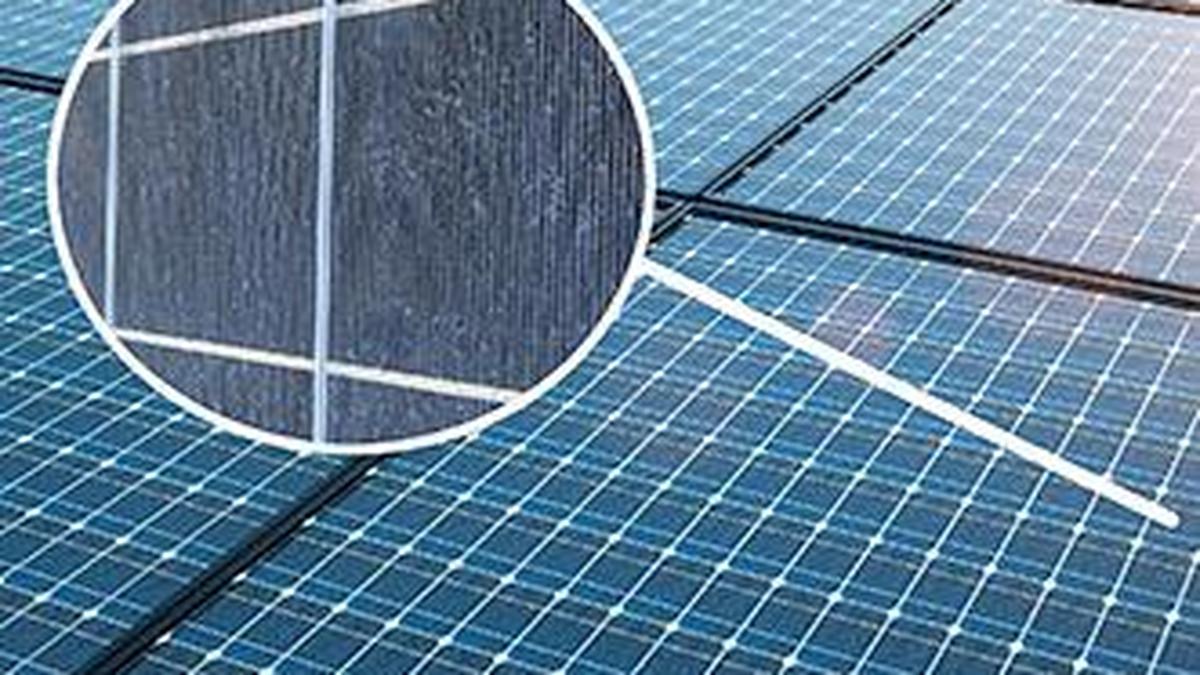



Leave a Comment